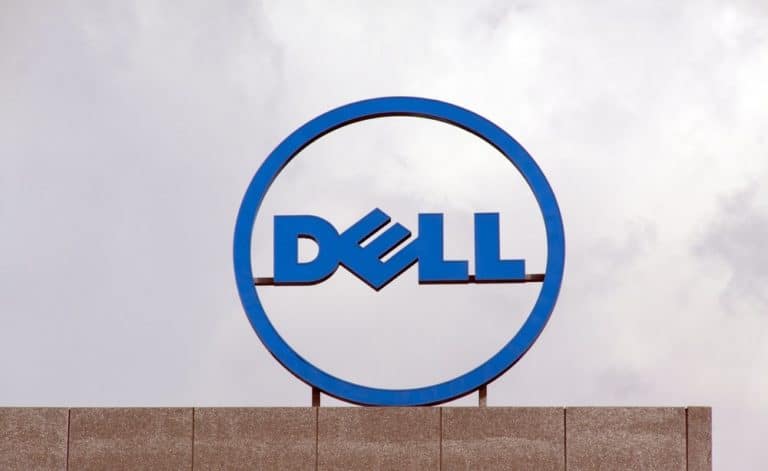Mixed signals from two PC giants leave doubt about the supply of chips going forward.
HP and Dell reported their July quarters this week, raising concerns over ongoing component shortages. HP cited “unprecedented demand that is way ahead of supply right now” and Dell said “demand was ahead of revenue growth as we managed supply constraints.”
HP executives said they couldn’t meet all the PC orders they received in the July quarter. They expect production to slow due to a shortage of some types of chips, shipping disruptions and the shutdown of some factories in Asia.
Dell reported strong sales and profit that topped estimates in the period. But concerns voiced by their Silicon Valley rival overshadowed the good news.
Demand remains strong even as both PC makers raise prices
HP Inc. and its subsidiaries (“HP”) announced fiscal 2021 third quarter net revenue of $15.3 billion, up 7.0% (up 4.1% in constant currency) from the prior-year period.
“Strong and sustained demand for our technology drove another quarter of top and bottom-line growth and we more than doubled non-GAAP EPS year over year,” said Enrique Lores, HP President and CEO.
Shares of both companies declined Friday, following their quarterly earnings announcements late Thursday. HP’s stock was down about 3.5% as the market opened in New York while Dell slid 4.9%.
“We could have grown more if it wasn’t for the shortages of components,” Lores said in an interview. He expects demand will continue to be strong, but said lack of parts will hurt HP for several more quarters.
Third-quarter revenue fell short of projections, but profit topped estimates. They also forecast profits to keep growing even as the company raises PC prices.
On its reporting conference call, Dell executives said the company was also having problems sourcing all the chips it needs. Still, they said demand remains strong, even as they also boost prices. Dell predict that revenue this quarter will expand at a percentage in the mid-single digits, compared with the previous quarter.
